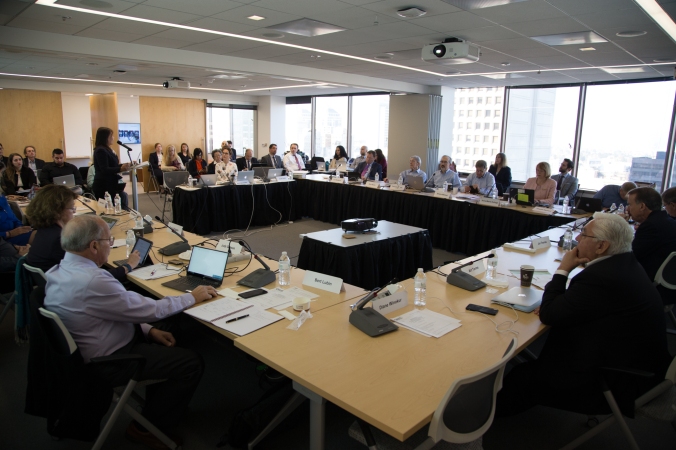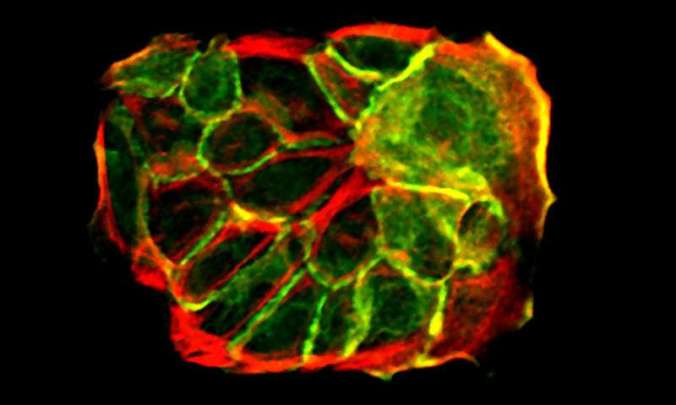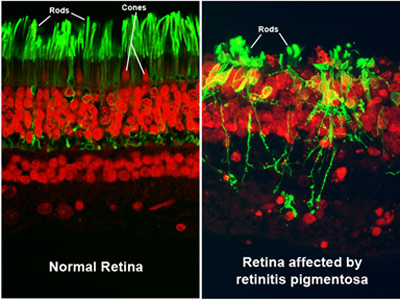Often on the Stem Cellar we write about work that is in a clinical trial. But getting research to that stage takes years and years of dedicated work. Over the next few months, we are profiling some of the scientists we fund who are doing Discovery (early stage) and Translational (pre-clinical) research, to highlight the importance of this work in developing the treatments that could ultimately save lives.
This second profile in the series is by Ross Okamura, Ph.D., a science officer in CIRM’s Discovery & Translation Program.
Your immune system is your body’s main protection against disease; harnessing this powerful defense system to target a given disorder is known as immunotherapy. There are different types of immunotherapies that have been developed over the years. These include vaccines to help generate antibodies against viruses, drugs to direct immune cell function and most recently, the engineering of immune cells to fight cancer.
Understanding How Immunotherapies Work
One of the more recent immunotherapy approaches to fight cancer that has seen rapid development is equipping a subset of immune cells (T cells) with a chimeric antigen receptor (CAR). In brief, CAR T ceIls are first removed from the patient and then engineered to recognize a specific feature of the targeted cancer cells. This direct targeting of T cells to the cancer allows for an effective anti-cancer therapy made from your own immune system.

Simplified explanation of how CAR T cell therapies fight cancer. (Memorial Sloan Kettering)
For the first time this fall, two therapeutics employing CAR T cells targeting different types of blood cancers were approved for use by the US Food and Drug Administration (FDA) based on remarkable results found during the clinical trials. Specifically, Kymriah (developed by Novartis) was approved for treatment of acute lymphoblastic leukemia and Yescarta (developed by Kite Pharma) was approved for treatment of non-Hodgkin lymphoma.
There are drawbacks to the CAR T approach, however. Revving up the immune system to attack tumors can cause dangerous side effects. When CAR T cells enter the body, they trigger the release of proteins called cytokines, which join in the attack on the tumors. But this can also create what’s referred to as a cytokine storm or cytokine release syndrome (CRS), which can lead to a range of responses, from a mild fever to multi-organ failure and death. Balancing treatments to resolve CRS after it’s detected while still maintaining the treatment’s cancer-killing abilities is a significant challenge that remains to be overcome. A second issue is that cancer cells can evade the immune system by no longer producing the target that the CAR-T therapy was designed to recognize. When this happens, the patient subsequently experiences a cancer relapse that is no longer treatable by the same cell therapy.
Natural Killer (NK) T cells represent another type of anti-cancer immunotherapy that is also being tested in clinical trials. NK cells are part of the innate immune system responsible for defending your body against both infection and tumor formation. NK cells target stressed cells by releasing cell-penetrating proteins that poke holes in the cells leading to induced cell death. As an immunotherapy, NK cells have the potential to avoid both the issues of CRS and cancer cell immune evasion as they release a more limited array of cytokines and do not rely on a specific single target to recognize tumors. NK cells instead selectively target tumor cells due to the presence of stress-induced proteins on the cancer cells. In addition, the cancer cells lack other proteins that would normally send out a “I’m a healthy cell you can ignore me” message to NK cells. Without that message, NK cells target and kill those cancer cells.
Developing new immunotherapies against cancer

Dan Kaufman, UCSD
Dr. Dan Kaufman of the University of California at San Diego is a physician-scientist whose research group developed a method to produce functional NK cells from human pluripotent stem cells (PSC). In order to overcome a major hurdle in the use of NK cells as an anti-cancer therapeutic, Dr. Kaufman is exploring using stem cells as a limitless source to produce a scalable, standardized, off-the-shelf product that could treat thousands of patients. CIRM is currently funding Dr. Kaufman’s work under both a Discovery Quest award and a just recently funded Translational research award in order to try to advance this candidate approach.
In the CIRM Translational award, Dr. Kaufman is looking to cure acute myelogenous leukemia (AML) which in the US has a 5-year survival rate of 27% (National Cancer Institute, 2017) and is estimated to kill over 10,000 individuals this year (American Cancer Society, 2017). He has previously shown that his stem cell-derived NK cells can kill human cancer cells in a dish and in mouse models, and his goals are to perform preliminary safety studies and to develop a process to scale his production of NK cells to support a clinical trial in people. Since NK cells don’t require the patient and the donor to be a genetic match to be effective, a bank of PSC-derived NK cells derived from a single donor could potentially treat thousands of patients.
Looking forward, CIRM is also providing Discovery funding to Dr. Kaufman to explore ways to improve his existing approach against leukemia as well as expand the potential of his stem cell-derived NK cell therapeutic by engineering his cells to directly target solid tumors like ovarian cancer.
The field of pluripotent stem cell-based immunotherapies is full of game-changing potential and important innovations like Dr. Kaufman’s are still in the early stages. CIRM recognizes the importance of supporting early stage research and is currently investing $27.9 million to fund 8 active Discovery and Translation awards in the cancer immunotherapy area.




















